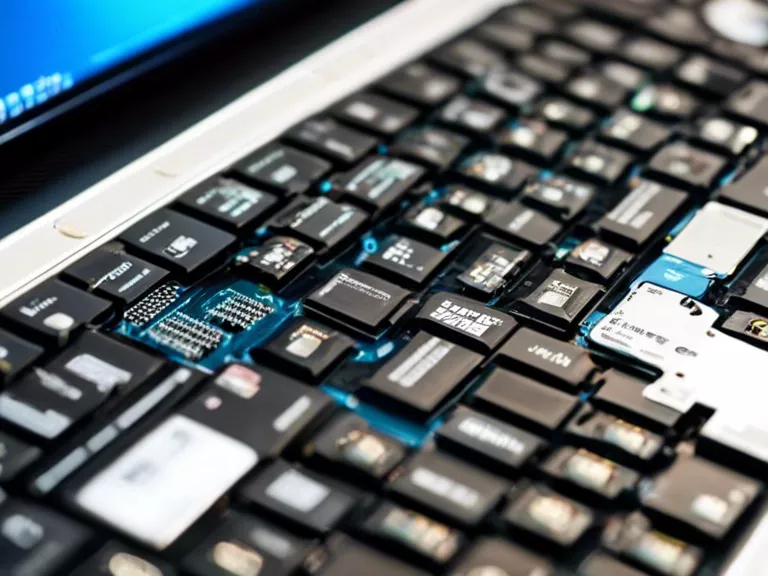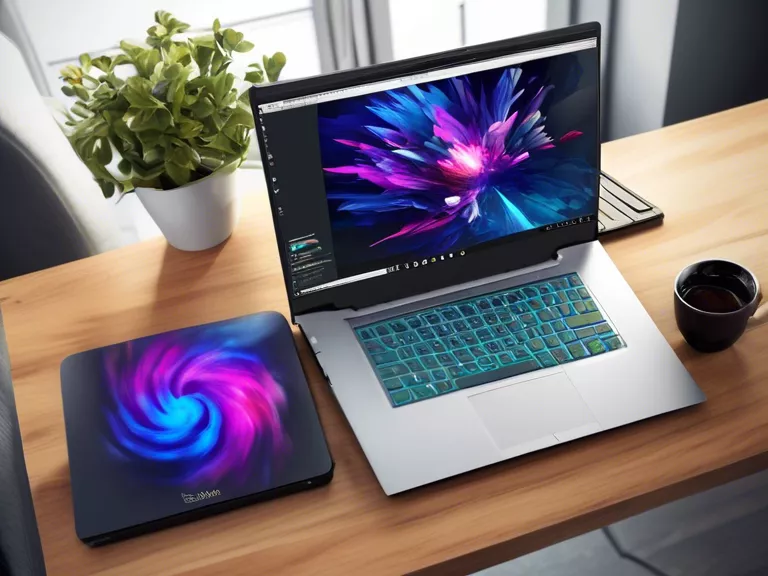
How to upgrade your laptop’s hardware for better performance
Is your laptop running slow and struggling to keep up with your daily tasks? Instead of shelling out money for a new device, consider upgrading its hardware to improve its performance. By upgrading key components like the RAM, storage, and processor, you can breathe new life into your laptop and make it feel like new again. Here’s a step-by-step guide on how to upgrade your laptop’s hardware for better performance.
1. Upgrading the RAM
One of the easiest and most impactful upgrades you can make to your laptop is increasing its RAM. Upgrading from 4GB to 8GB or 16GB can significantly improve multitasking and overall performance. Check your laptop’s specifications to ensure compatibility with the new RAM module before purchasing one.
2. Swapping out the Hard Drive for an SSD
Replacing your laptop’s traditional hard drive with a solid-state drive (SSD) can make a world of difference in terms of speed and responsiveness. SSDs are faster, more reliable, and more energy-efficient than HDDs, making them a popular choice for laptop upgrades.
3. Upgrading the Processor
While upgrading the processor in a laptop is more challenging and may not be possible on all devices, it can provide a significant performance boost for tasks that are CPU-intensive. Consult your laptop’s manual or manufacturer’s website to see if a processor upgrade is feasible.
4. Cleaning the Cooling System
Over time, dust and debris can accumulate in your laptop’s cooling system, causing it to overheat and throttle performance. Open up your laptop, carefully clean the fans and vents, and replace the thermal paste on the CPU and GPU for better heat dissipation.
5. Updating Drivers and Software
Regularly updating your laptop’s drivers and software can also improve its performance and stability. Check for updates from the manufacturer’s website or use a driver update utility to ensure that your laptop is running the latest versions of essential software.
By following these steps and upgrading your laptop’s hardware, you can enjoy a faster, more responsive device without breaking the bank on a new purchase. With a little bit of know-how and some careful research, you can give your laptop a new lease on life.



